Whether the reason(s) is out of love for animals, avoiding harm of sentient beings, weight loss, health, environmental consciousness, or other personal motives, switching to a plant-based diet is becoming more widely accepted. The most well-known options are vegetarian or vegan.
The diets in a nutshell
Vegetarian: does not consume any formerly living creature with a brain. The most popular type is lacto-ovo-vegetarian, meaning the diet does not include any meat, seafood (would be pescetarian), or poultry, but does include dairy products and eggs.
Vegan: does not consume any formerly living creature with a brain nor any products from these animals. To strictly follow this idea would mean eating a vegetarian diet, but cutting out eggs, dairy, and even honey.
As someone who has been vegetarian for the past 6 years, the main question I’ve heard is, “How do you get enough nutrients and protein to fuel yourself for exercise?” Good news: maintaining proper nutrition while exercising on a vegetarian or vegan diet can be easy!

Common outdoor activities such as hiking, backpacking, biking, or climbing are mainly aerobic exercises that use carbohydrates (glucose) for the main source of energy. Protein is also needed to help rebuild the muscle that broke down during the workout. Before starting, you can eat something easily digestible like oatmeal, an egg sandwich, or toast with peanut butter and banana. Adding chia seeds, flax seeds, hemp seeds or nut butters give a boost of protein and fiber. During a long hike or ride, snacks are necessary to maintain enough energy to get you home. Nuts/trail mix, peanut butter filled pretzels, protein bars or homemade protein balls, or an orange are great options!
After finishing your activity, you should eat a more wholesome, balanced meal.
An easy frame of reference is:
- ½ plate with vegetables, such as a salad or cooked veggies, and fruits. Adding good fats from avocado, nuts, seeds, and olive oil will add nutrients and keep you full! They also help your body absorb crucial fat-soluble vitamins found in your fruits and vegetables
- ¼ plate with carbohydrates like bread, rice, quinoa, (sweet) potato, pasta, etc.
- ¼ plate with protein. Common vegan protein includes beans, legumes, tofu, soy products, mushrooms, seitan, tempeh, hummus, etc. Vegetarians can have eggs, cheese, yogurt (Greek yogurt has the most protein), and chocolate milk too. Fun fact: chocolate milk has the ideal ratio of carbs to protein to refuel after a moderate-intense cardio workout!

And of course, stay hydrated throughout with plenty of water, non-dairy milks, protein shakes (look for pea protein if vegan), etc. Although cooking your own foods is the best way to fit your taste and have control over what you eat, there are some great vegan and vegetarian brands out there. Buying pre-packed foods with minimal ingredients that you can pronounce will be your healthiest choices.
By looking out for foods with higher protein and good polyunsaturated fats, while having lower sugar and processed ingredients, you’ll be able to fuel your body with vegetarian and vegan foods easily for all of your outdoor adventures!
Narrator: This blog was thoughtfully written by Annie Nguyen. You can find her on Instagram @_annien.
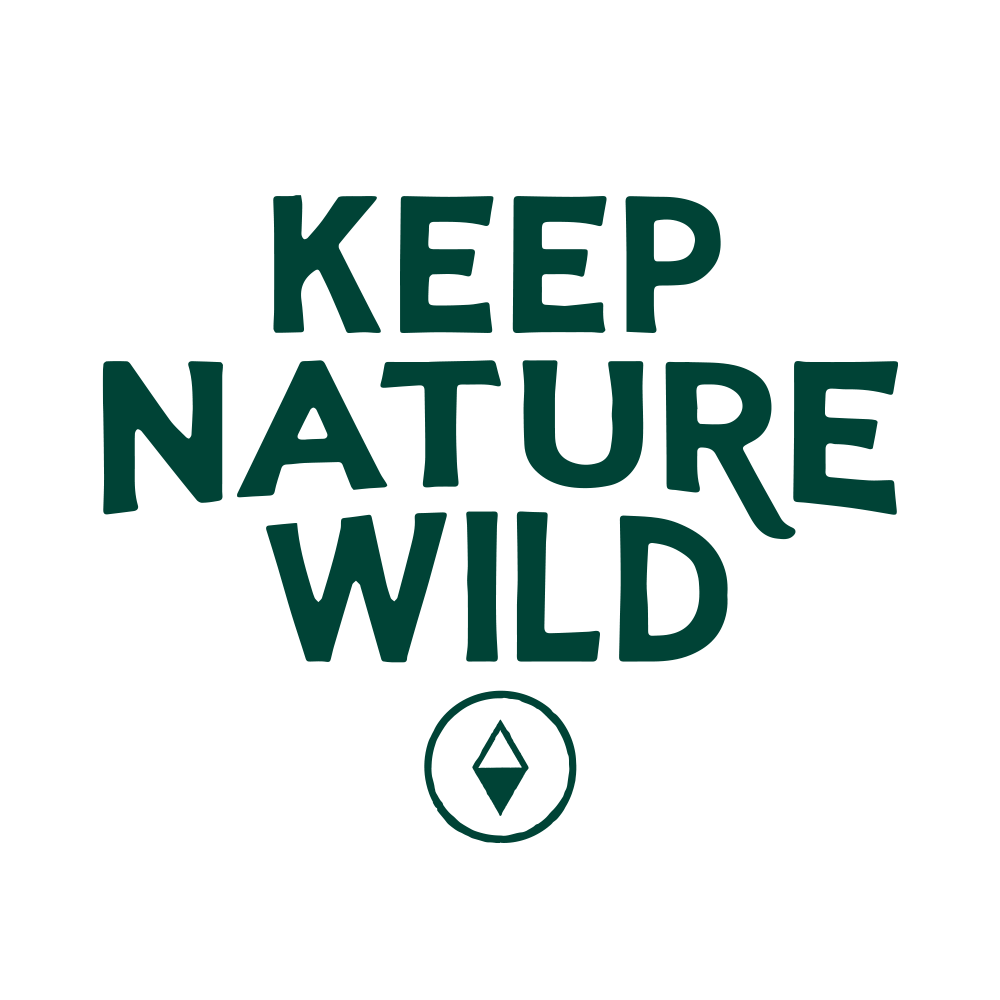
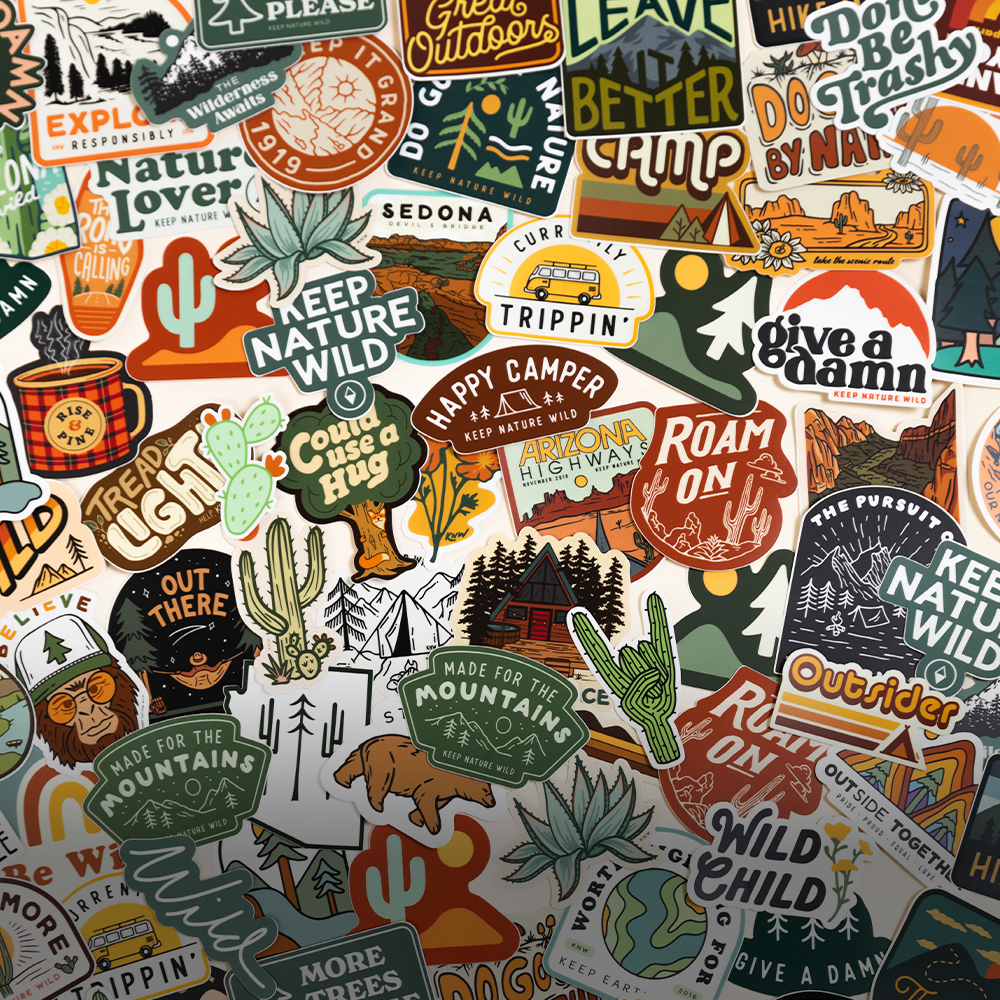
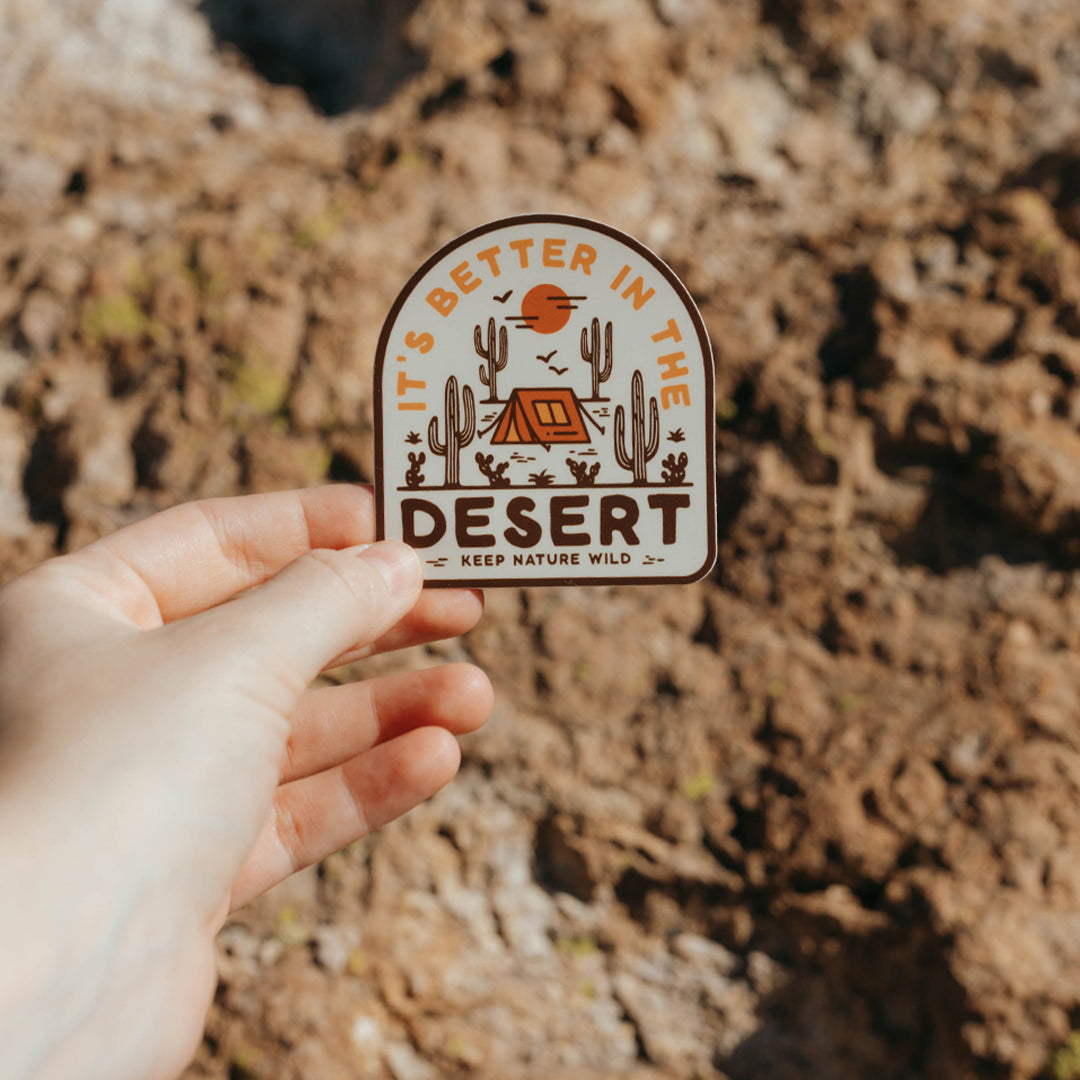
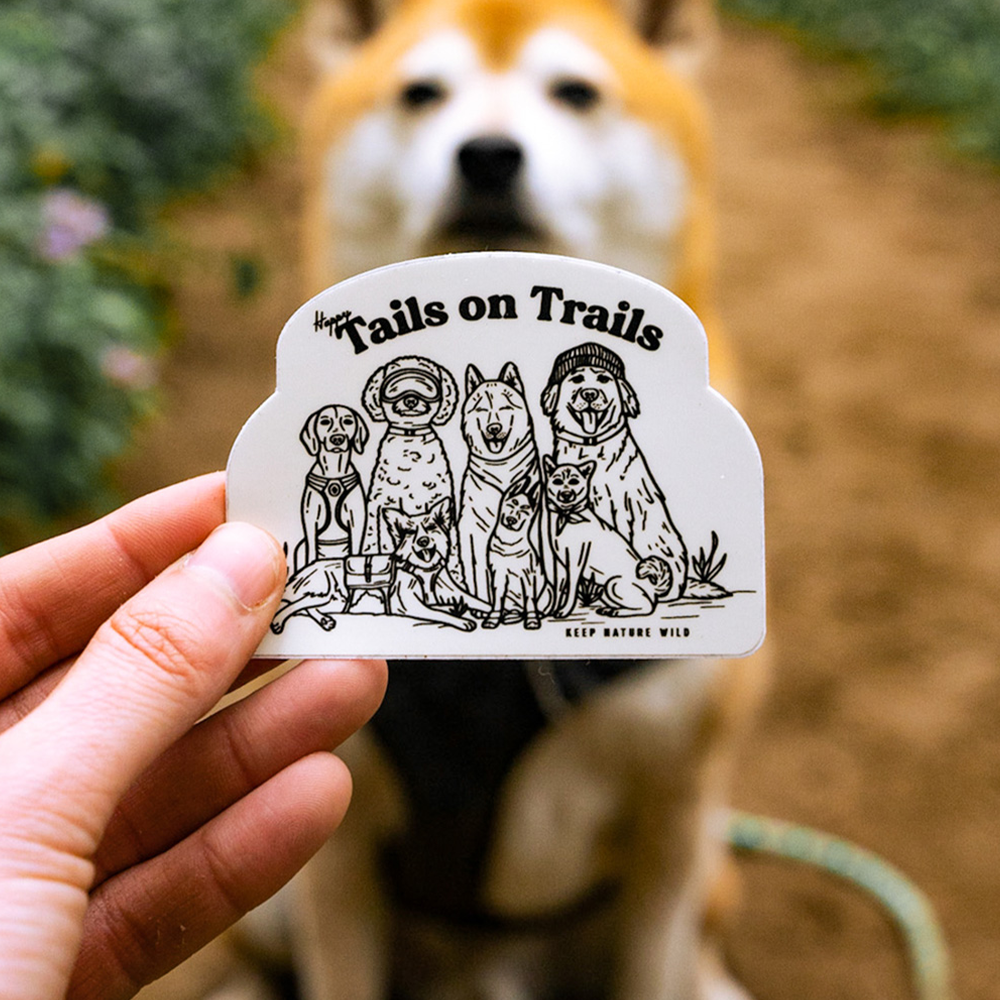
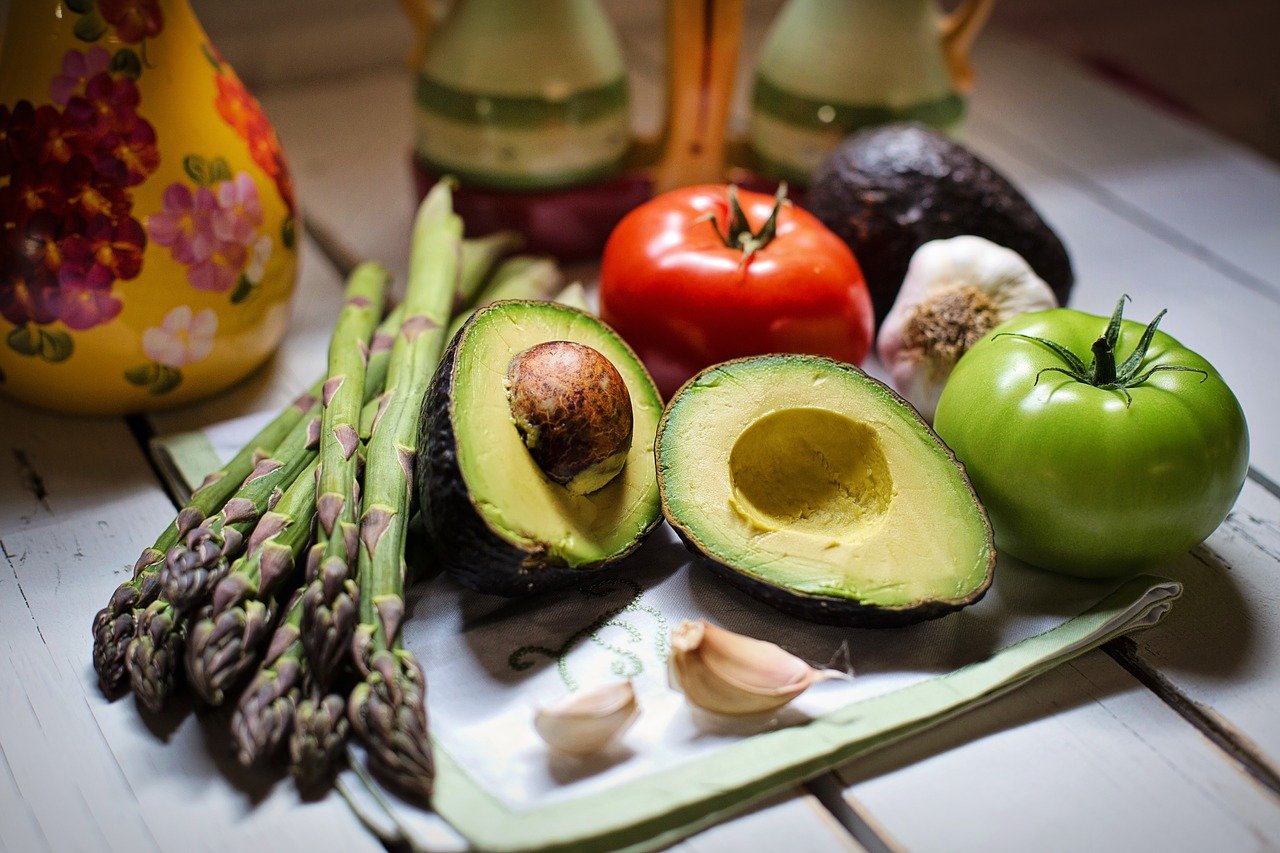

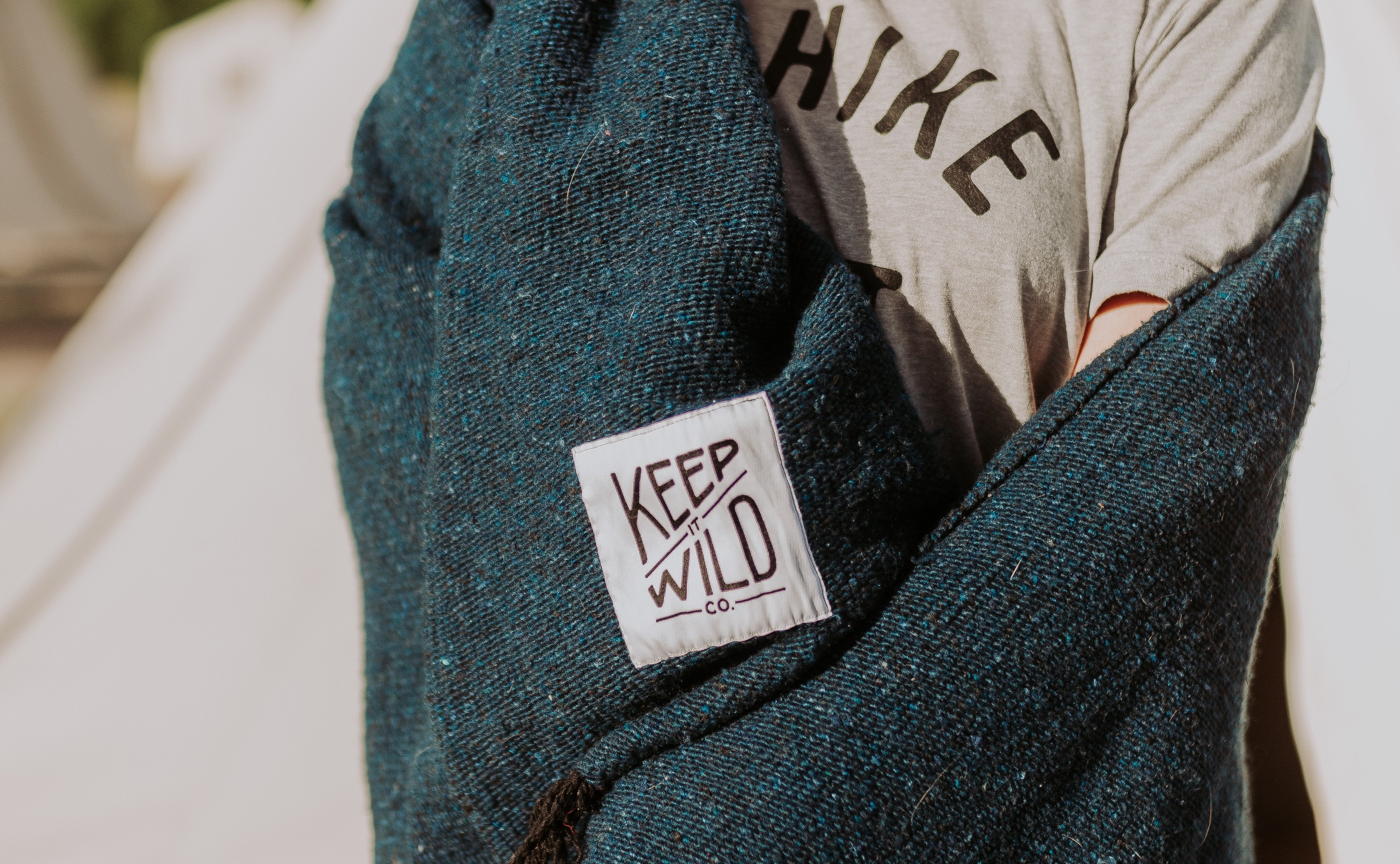
Leave a comment
This site is protected by reCAPTCHA and the Google Privacy Policy and Terms of Service apply.